What is the tolerance range of precision screws?
What is the tolerance range of precision screws?
Service Hotline
+86760-8787 8587We have more than ten years of production experience in the screw industry, the main products are: wood screws, 30 type 40 profiles, round head socket head socket screws and nuts, cross machine screws and bolts, external hexagon full teeth screws, national standard aluminum profile shrapnel nuts, Fasteners such as DIN7980 washers, non-standard sleeves, embedded parts, yellow zinc round head screws, fine thread nuts, quality assurance screws, full thread screw corrosion resistance, two wave wave spring washers, national standard lock washers and other fasteners , Due to the different materials and specifications of the products, the prices are also different, if necessary, please contact us.


Anti-loose washers are also known as anti-loose washers, self-locking washers, self-locking gaskets, DIN25201 anti-loose washers, double-stack self-locking anti-loose washers, double-stack wedge-type anti-loose washers, etc.
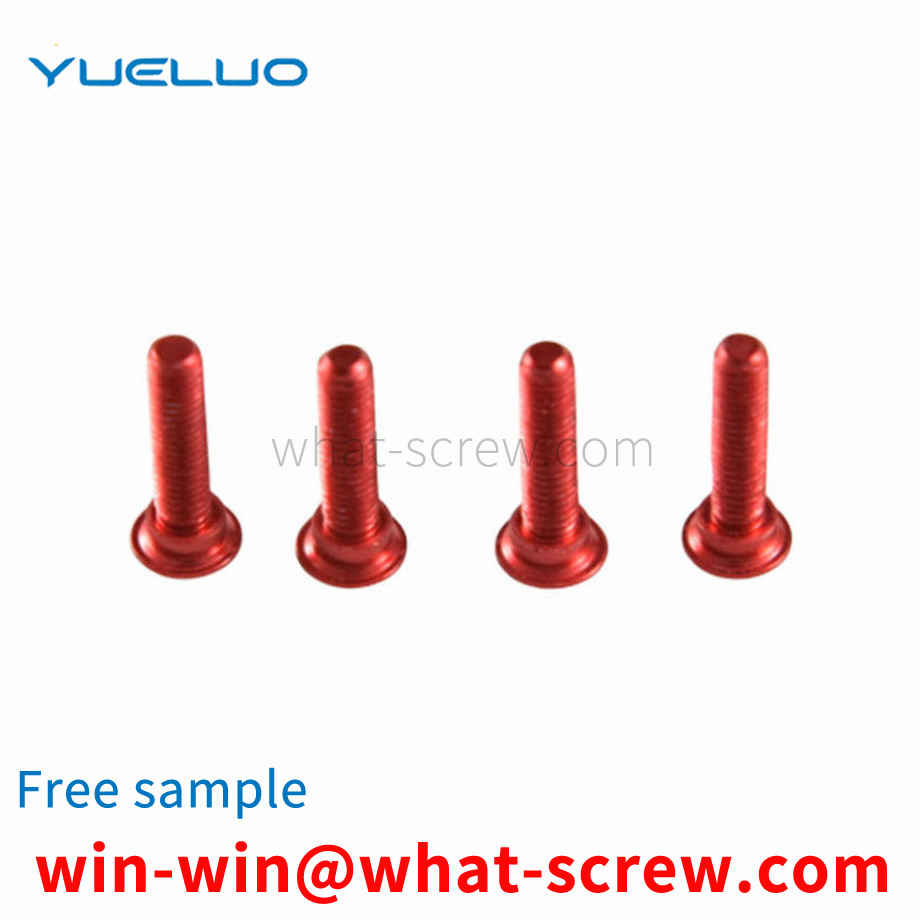
In the non-standard mechanical design, when the middle part of the long shaft or rod-shaped structure needs to be threaded, the end is limited and the nut cannot be penetrated, which will cause the problem that the installation cannot be realized. In order to solve this problem, it often has to be cancelled. It is not conducive to the realization of equipment cost reduction and optimal function, and even the problem cannot be solved, and another way out is needed.
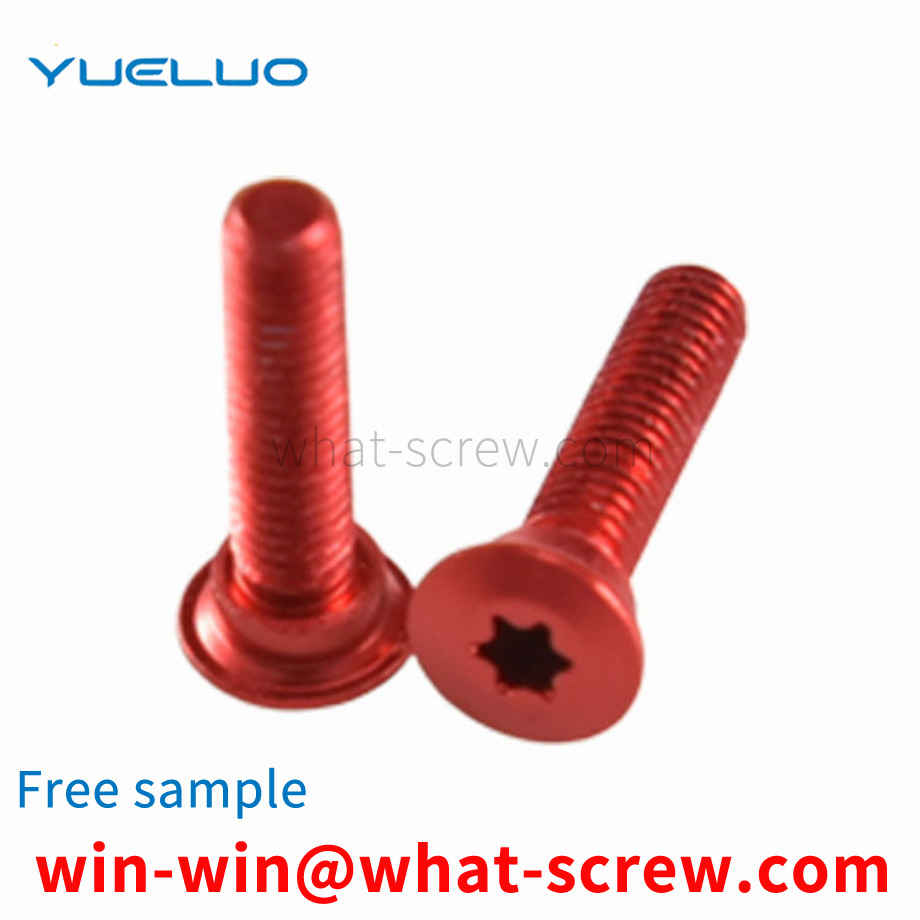
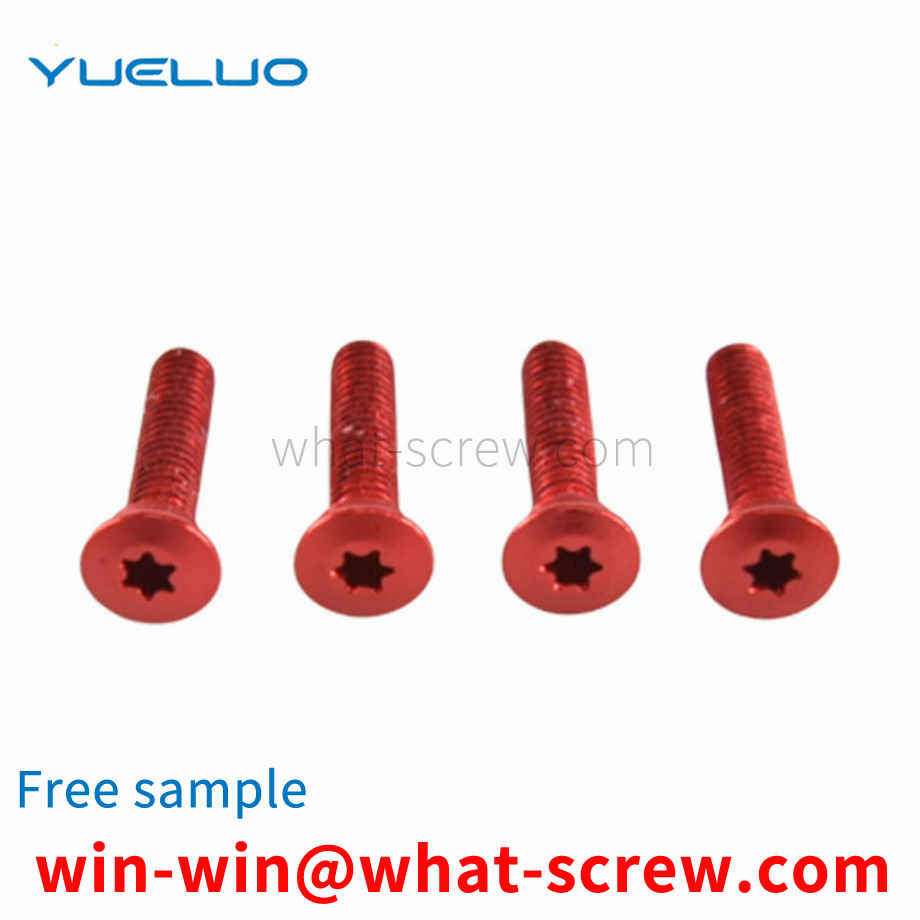
A screw can be equipped with only one spring washer or only one flat washer, or it can also only be equipped with a two-piece combination of flower teeth. The national standard number of the combination screw is represented by GB9074. The commonly used cross recessed small pan head three combination screw national standard is GB9074.8. This .8 refers to the small pan head. That is, the size of the head of the pan head screw that is often said. Denoted by letters as PM. Professional combination screw manufacturers, the habitual expression method is three-in-one PM. The commonly used cross recessed large pan head combination screw national standard is GB9074.4. Professionally called large pan head combination screws. Or R head, or B head. That is to say, the head of this combination screw is larger and thicker than the head of the small pan head combination screw. There is also a commonly used external hexagon combination screw, which is a cross external hexagon combination screw. It is often called a socket hexagon combination screw. The national label is GB9074.13.
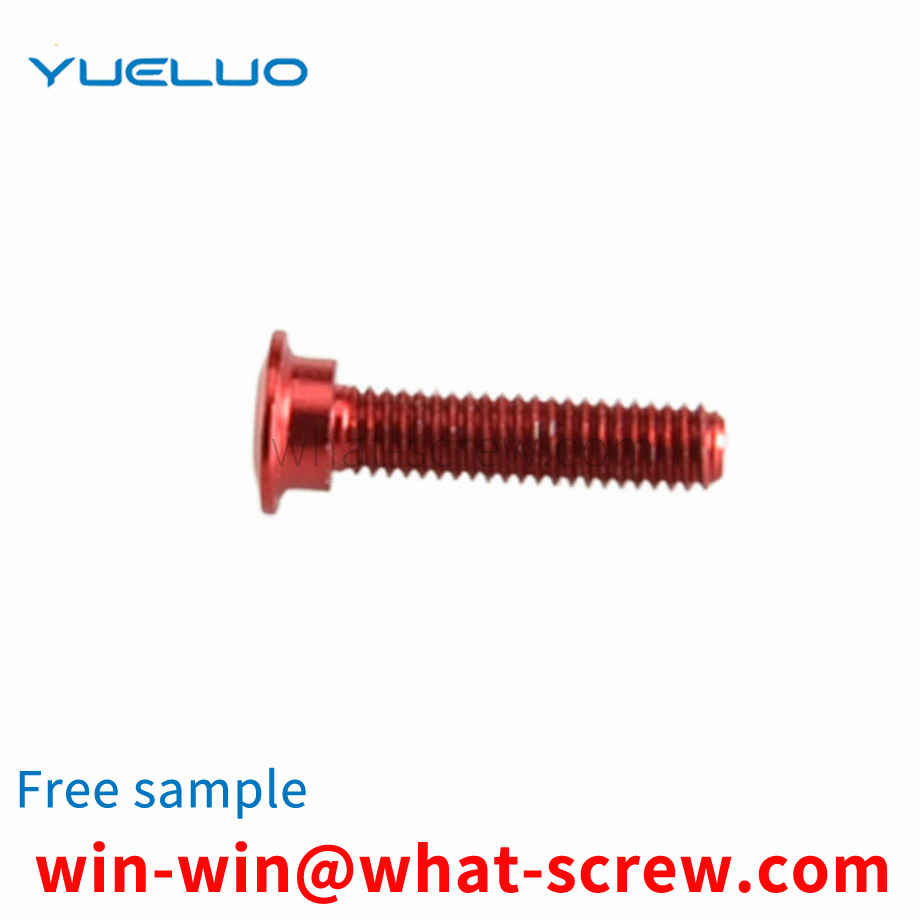
(1) The screw-in performance test is to screw the self-tapping locking screw sample into the test plate until one complete thread completely passes the test without breaking. (2) The destructive torque test is to clamp the stem of the self-tapping locking screw specimen in a thread mold or other device that matches the screw thread, and uses a calibrated torque-measuring device to measure the screw. Torque is applied until fracture, which should not occur in the clamped threaded portion. (3) Carry out a tensile test on the screw sample to check the minimum tensile load for failure. The fracture should be within the length of the rod or the unthreaded thread, and should not occur at the junction of the nail head and the rod. Before the sample breaks, it should be It can reach the minimum tensile load specified by the corresponding performance class. (4) Hydrogen embrittlement is a problem that must be strictly paid attention to in the surface treatment process of self-tapping locking screws. In the pickling process, the screw is stirred in dilute hydrochloric acid, and the amount of hydrogen absorbed by the pickling steel increases linearly with the square root of time and reaches the saturation value. Less than 100%, a large number of hydrogen atoms will be produced, which will be attached to the surface of the screw, resulting in hydrogen infiltration, and the steel will become brittle due to the absorption of hydrogen. The self-tapping locking screw takes 6~8h to drive hydrogen, and the temperature is 160~200℃ (phosphating) and 200~240℃ (electroplating). However, in the production process, the hydrogen drive time should be determined according to many production conditions such as core hardness, surface roughness, electroplating time, coating thickness, pickling time, and acid concentration. It is best to do it before passivation and just after electroplating.
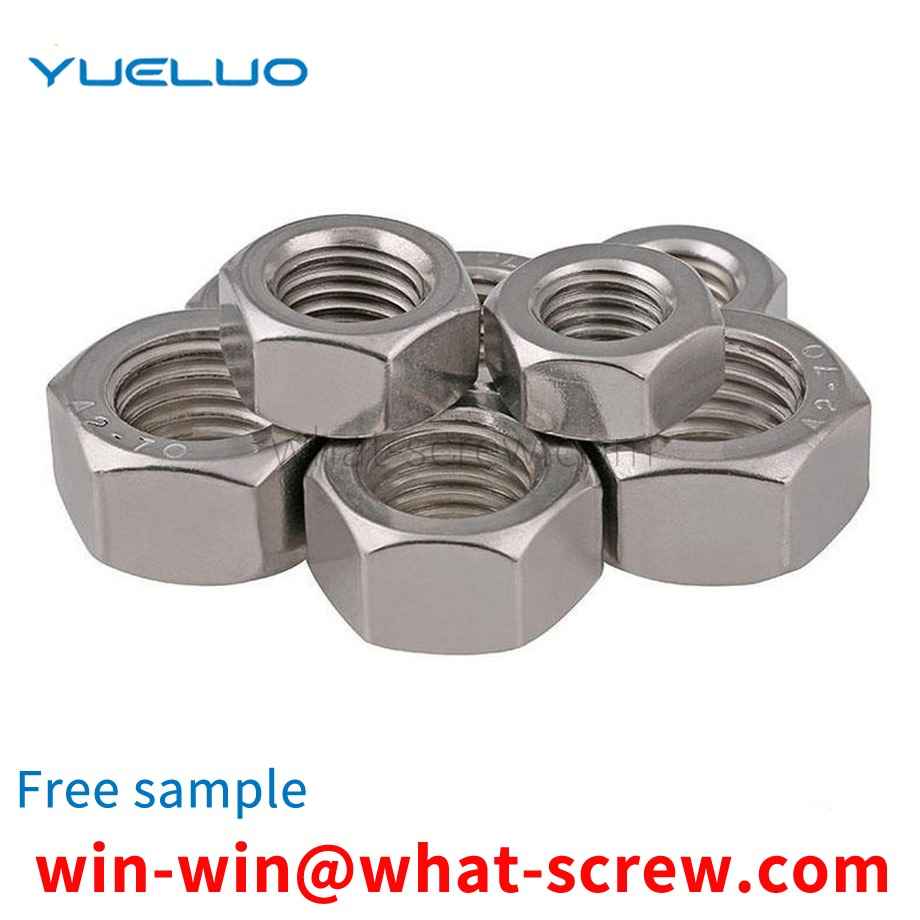
The above content is uploaded by Yueluo or the Internet. If there is any copyright issue, please contact [email protected].

What is the tolerance range of precision screws?

How to choose the right stainless steel screw manufacturer?

Why is there an R angle under the head of the hexagon head s...
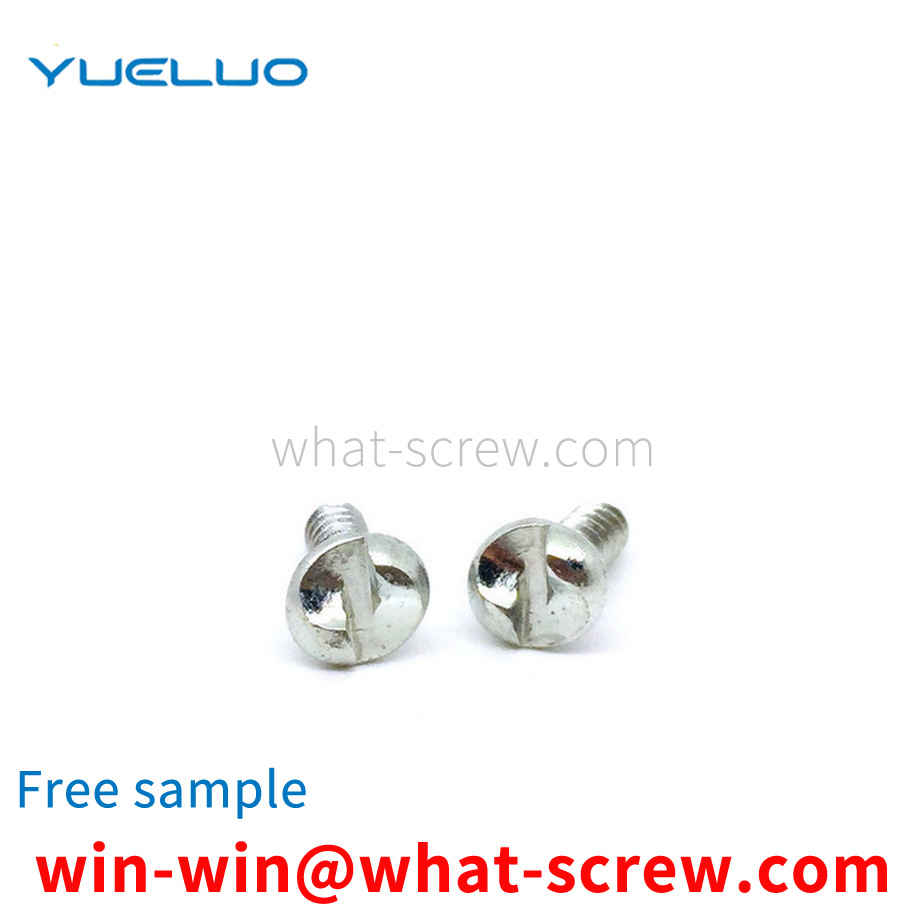
We have more than ten years of production experience in the ...

We have more than ten years of production experience in the ...
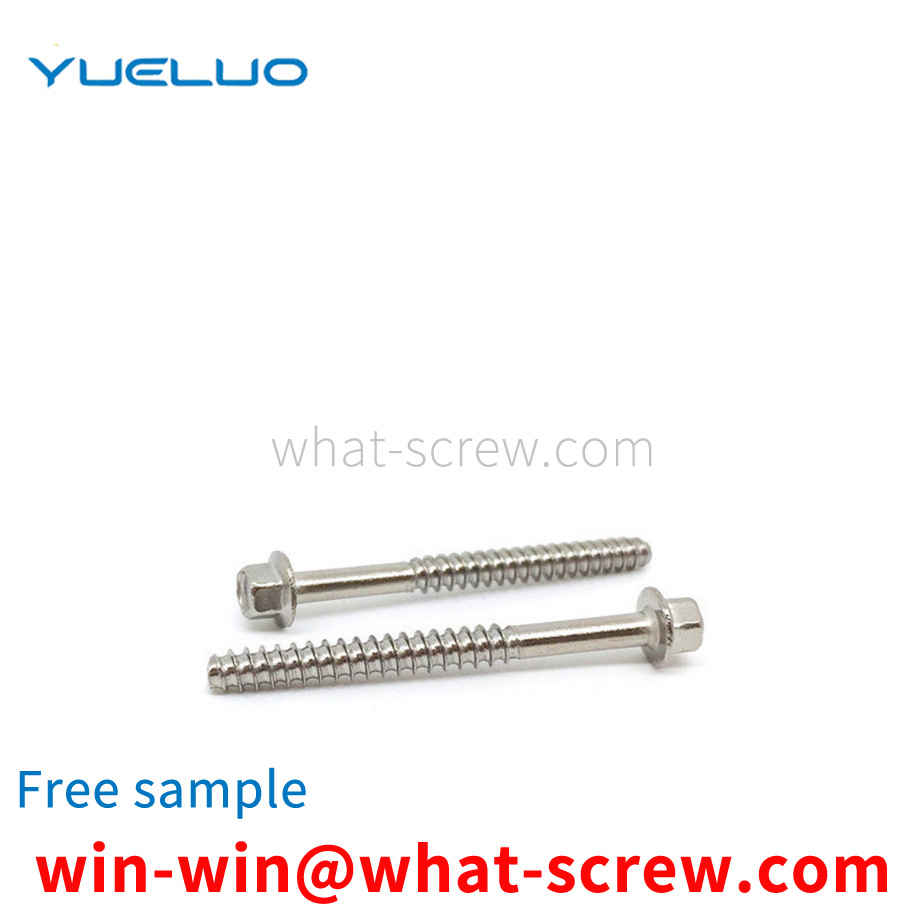
We have more than ten years of production experience in the ...
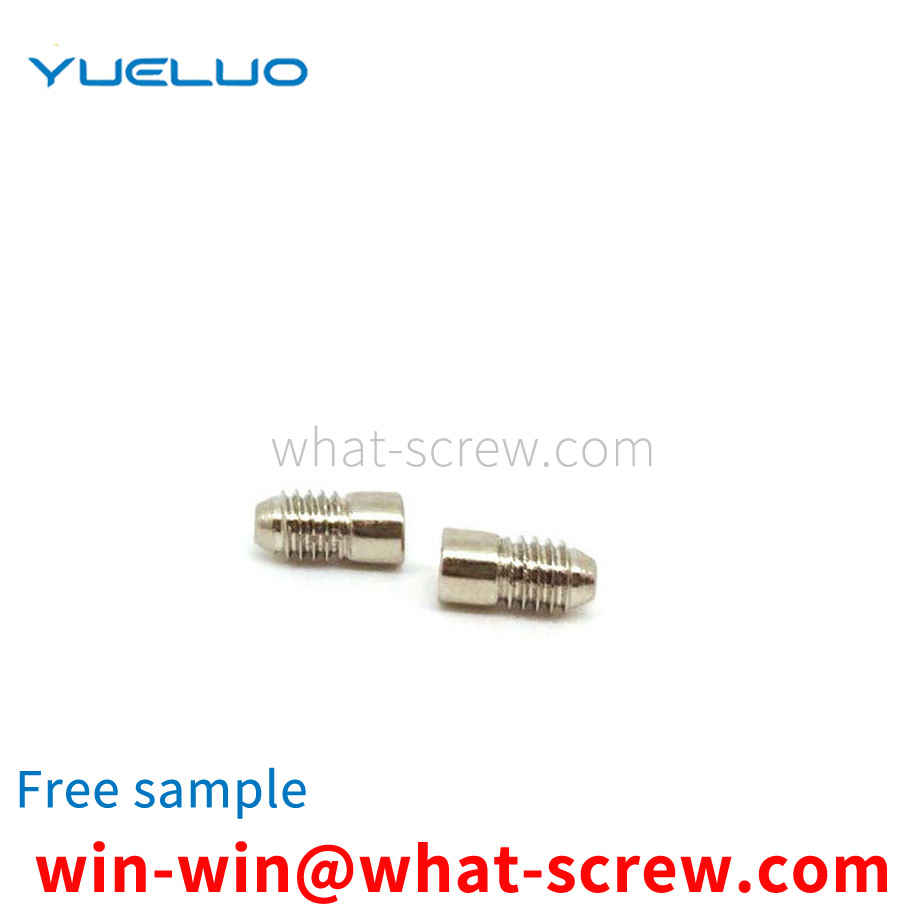
We have more than ten years of experience in the production ...